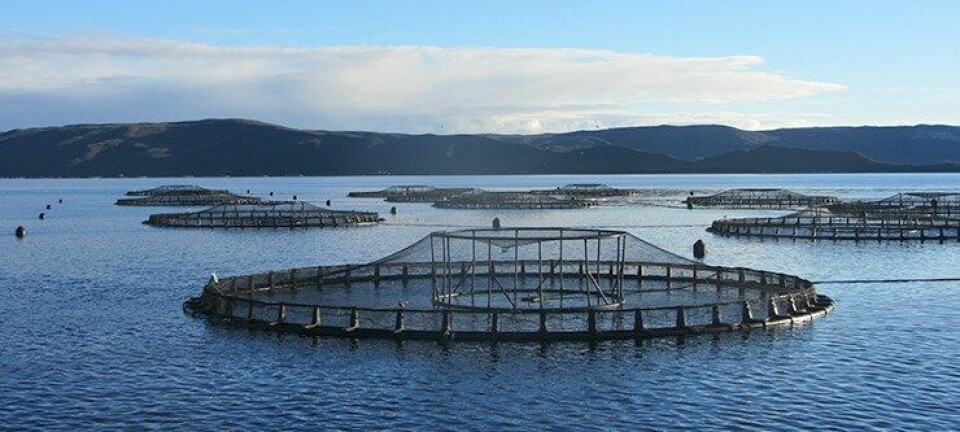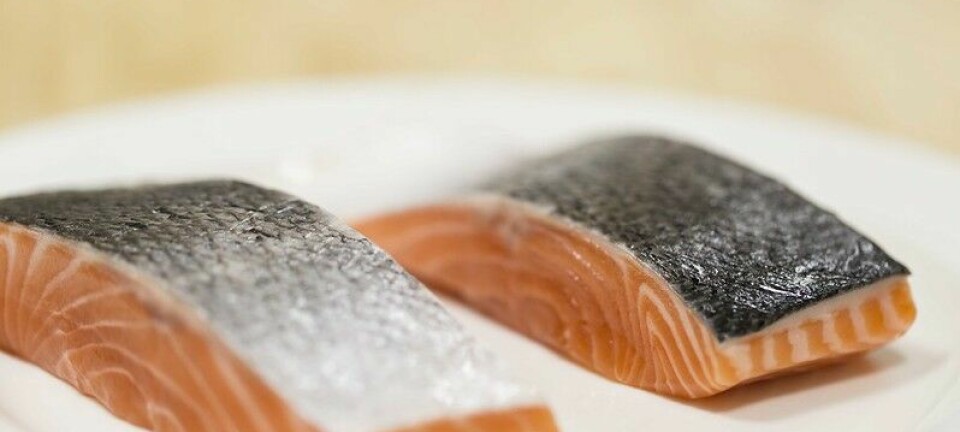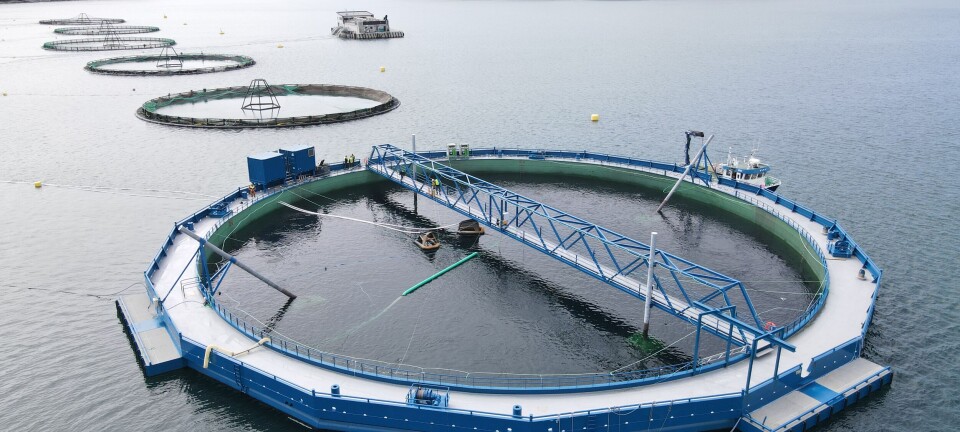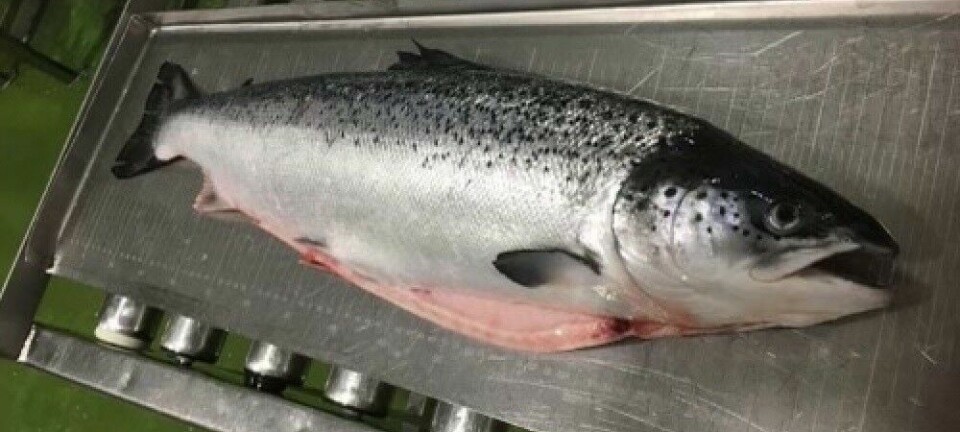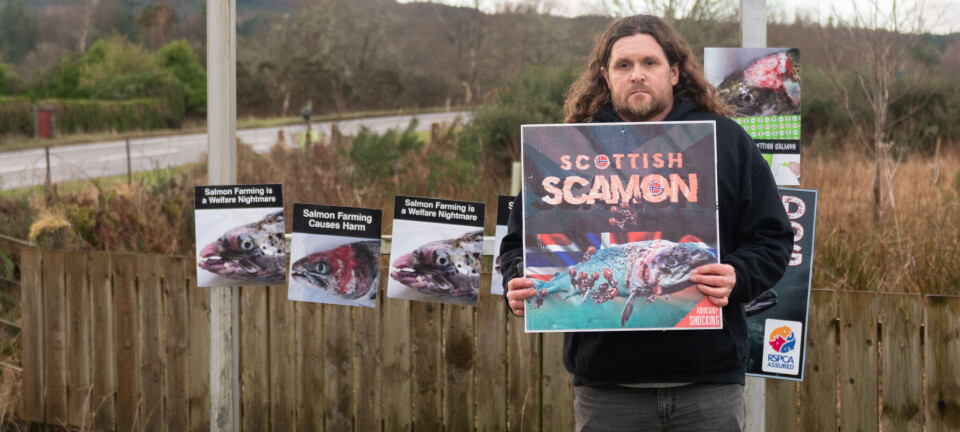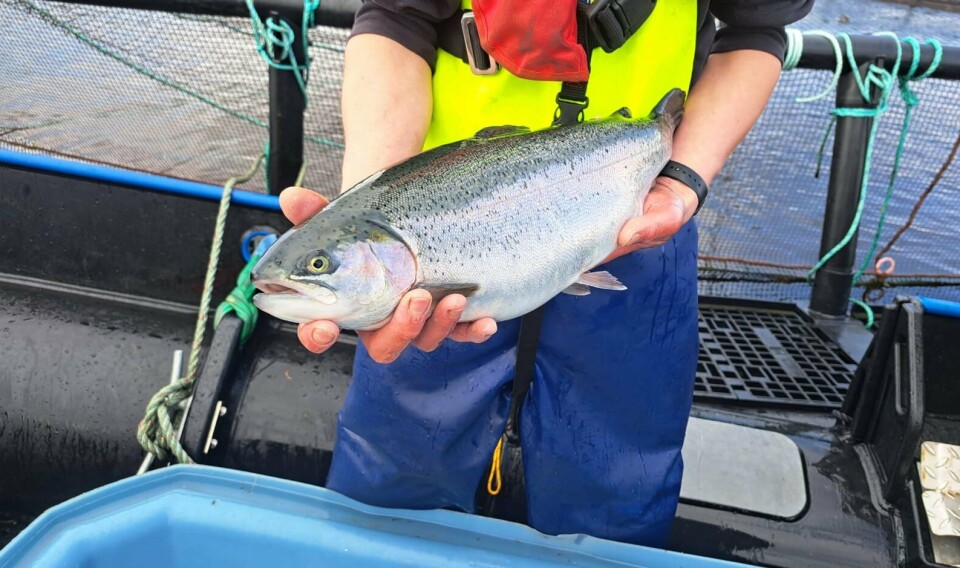
RSPCA adds 177 new requirements to rainbow trout welfare standard
Changes include CCTV for slaughter and more rules for lice treatments
Animal welfare charity RSPCA has published updated welfare standards for rainbow trout raised by farmers signed up to its RSPCA Assured certification programme.
From July 23, a new revision of the rainbow trout welfare standards will come into effect, introducing 177 new standards.
Sean Black, senior scientific and policy officer and fish welfare specialist at the RSPCA, said: “This is a really positive step forward for fish welfare. The changes include the introduction of CCTV for the whole slaughter process - the first time any UK assurance scheme has required this for trout.
“We look forward to seeing the standards implemented and bringing the industry with us on another important welfare progression.”
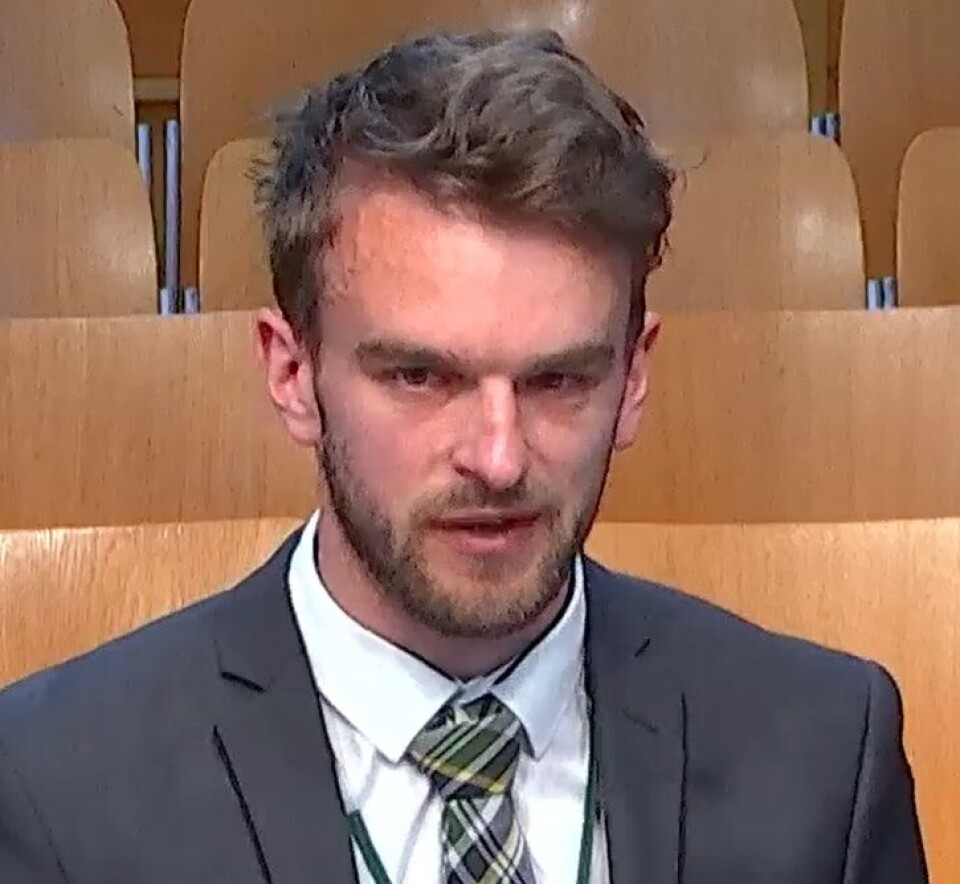
No CO2 slaughter
The updated standards include:
- Regular welfare outcome assessments must now be conducted in fresh and seawater farms.
- CCTV systems must cover the whole slaughter process, including initial system entry and exit, stunning, killing, and as fish pass through or into the post-stun assessment area.
- The prohibition of specific slaughter methods - such as asphyxiation and carbon dioxide narcosis - which the RSPCA doesn’t consider to be humane.
- The introduction of several new standards relating to the use of non-medicinal treatments for sea lice and gill disease. These include stipulations that such treatments must only be performed under veterinary advice, and only where it is in the best interests of the fish. There is also a requirement for enhanced record keeping.
- Daily checks in all tanks and enclosures for moribund (sick or dying) fish with prompt, appropriate action.
- An increased focus on reducing the need for antibiotic use. The use of antibiotics must now be reviewed annually or at the end of a production cycle. The RSPCA says it recognises the industry’s previous and ongoing work to encourage responsible use of antibiotics and hopes its new standards will support this work.
Latest knowledge
Kevin White, RSPCA Assured farming engagement lead, saidd: “All RSPCA Assured members want the best for the fish in their care and we hope these updated standards will help them to keep achieving their higher welfare goals.
“We really value all of our members, and we greatly appreciate their continued commitment to progressing trout welfare and the RSPCA Assured scheme.”
The RSPCA says that to continually improve farmed animal welfare, it regularly reviews and updates all of its standards for different species. This is done in consultation with the farming industry and a wide range of other stakeholders whilst taking account of the latest scientific, veterinary and industry knowledge and experience.
It adds that new, potential or existing RSPCA Assured members who are in need of support or advice about meeting the updated rainbow trout standards should contact RSPCA Assured’s farming and technical engagement team via membership services online.
17,000 tonnes
The RSPCA says that around 17,000 tonnes of rainbow trout are produced in Britain each year, but that only a small percentage of these trout are reared in higher welfare conditions that give them a good quality of life.
“Most trout are reared in lower welfare conditions, with little to no legal protections - living in stressful environments with high stocking densities, badly managed disease challenges and poor water quality,” says the charity.









